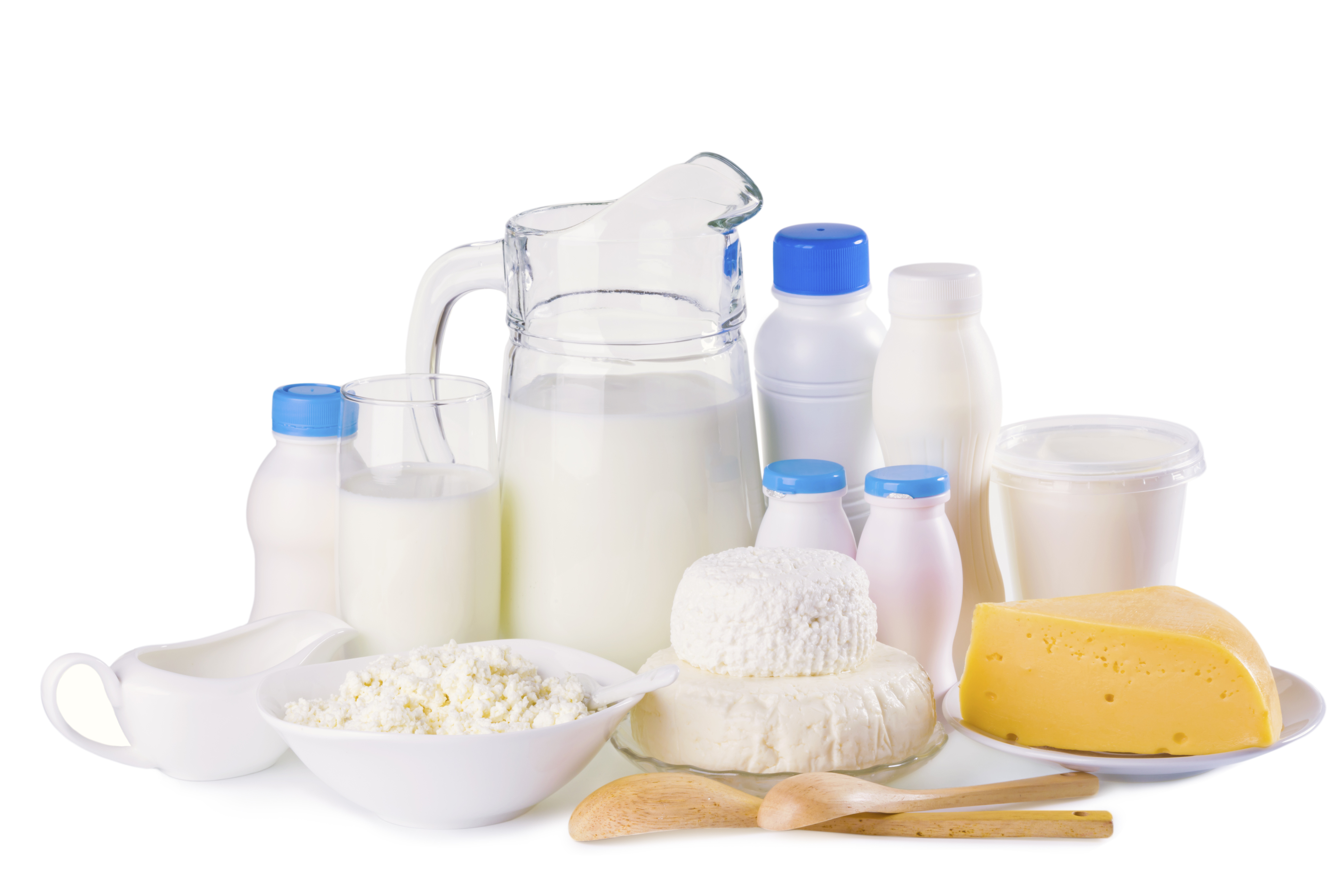I have a question regarding dairy. I love milk and other dairy products (cottage cheese, yogurt, cheese etc.). Which is the best kind and the healthiest for our bodies? I have always heard different things; such as that the full fat versions are best because they are the least processed, and on the other hand I keep hearing that skim milk and reduced fat cheese is best. WHICH IS IT? 🙂 I am most interested in specifically knowing about milk, cottage cheese and hard cheeses, and if the answers vary depending on the dairy product.
Thank you,
Rachel
Since health is measured by several factors (e.g. fitness, appropriate weight and absence of disease) it’s of course difficult to pinpoint a single optimal fat level and dairy product for everyone. You need to take into consideration your age, physical status and risk factors as well as the rest of your diet to determine which milk products and fat level will offer the most benefit to you. Sorry I can’t give you a straight answer, but will do my best to make it easy on you to choose the best from your favorites!
Let’s start with fluid milk.
From the cow, whole milk or full-fat is 4% fat (by weight) and has 8 grams of fat per 150 calories making it about 50% fat. Five of those 8 grams is saturated fat! This is not ideal for those with high cholesterol or heart disease. Reduced fat milk or 2% has 5 grams of fat per 120 calories making it about 38% fat. Three of those grams are saturated. For weight control, moderate fat is good for satiety but does add more calories. Fat-free milk is less than 0.5% fat with 90 calories per cup. Since the fat is all skimmed off, there is a tiny bit more protein, liquid and calcium for the same volume. A tiny bit more lactose sugar exists too. But the vitamin A and D from the fat have to be added back. Without the fat, the calcium, phosphorus and magnesium aren’t absorbed as well. Optimally, one would eat a source of plant fat at the same meal.
Besides weight and cardiovascular disease, a woman might be concerned with milk fat level based on her reproductive status. If you’re trying to get pregnant, drinking reduced or whole fat milk is correlated with normal fertility, but not 1% or skim. For post-menopausal women who absorb less calcium, drinking more milk is the easiest way to increase intake. Consuming 2-3 cups of milk for this population makes calories a big consideration. Three cups of skim milk provide 270 calories but the same amount of whole milk totals 450 calories – 167% or about 2/3 more! Just a cup per day of full fat milk in an otherwise low-fat, high plant food diet is healthy. Three cups of full fat milk daily when you’ve got risk factors or weight to lose may not be a prudent choice.
Everything made from milk is processed in some way, whether it be cottage cheese, cream, pudding, yogurt or cheese.
Cottage cheese is generally made with salt and enzymes to form the lumpy curds from the liquid whey which is drained off. In essence, cottage cheese is the milk solids containing the protein and fat, but losing a significant amount of the carbohydrate (lactose). Regardless of fat level, generic versions contain a fair amount of additional ingredients. Here I’d choose an all natural brand like Daisy which only has 3-4 ingredients.
Cheese is made from milk with added cultures and enzymes to create various flavors and textures.
Hard cheeses are made by pressing and curing the curds, losing most of the lactose and some of the protein but retaining the fat. A higher fat cheese has more grams fat than it does grams protein. Lower fat versions made from reduced fat or skim milk generally have, at minimum, stabilizers added to them to retain texture. Here, you’ll want to opt for the natural cheese rather than the more processed lower fat versions. Note that hard cheese can have over 400 mg sodium per serving (fluid milk low at 110 mg/cup)! At 8 grams fat and nearly 11 grams protein with 433 mg sodium, Parmigiano Reggiano is a good hard cheese choice.
Overall, for healthy adults consuming a well balanced diet, 2% reduced fat milk would be the way to go. Fat is lowered by half and nothing is added to replace it. As a runner up, low fat plain yogurt* is #2 as the cultures benefit the gut and immune system, followed by ½ Cup cottage cheese, then soft cheese and finally an ounce of hard cheese. The latter just have too much sodium in my nutrition book and the small volume isn’t as satisfying.
* Yogurt wasn’t among your favorites so I didn’t review it here.
– Debbie J., MS, RD
Do you have a question about your diet or nutrition? Ask our dietitian by submitting your question to nutrition@lafitness.com or simply ask it in the COMMENTS section below.
To learn how to follow the “Ask Our Dietitian” Q&A CLICK HERE!




